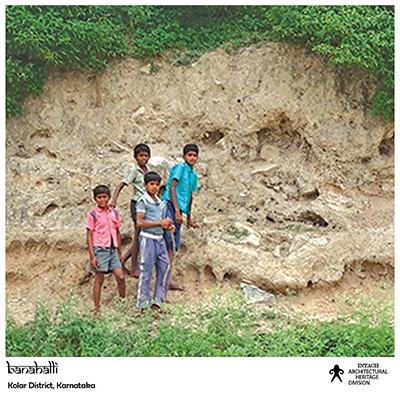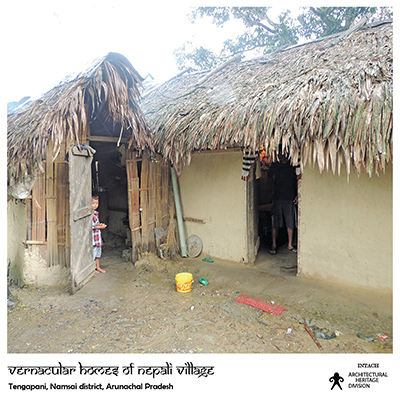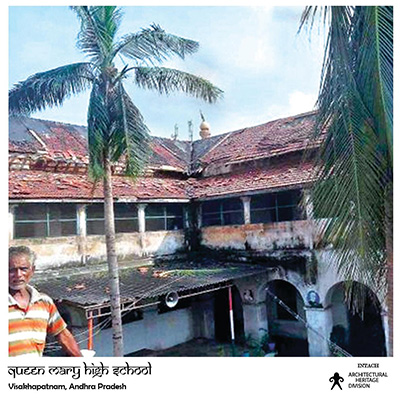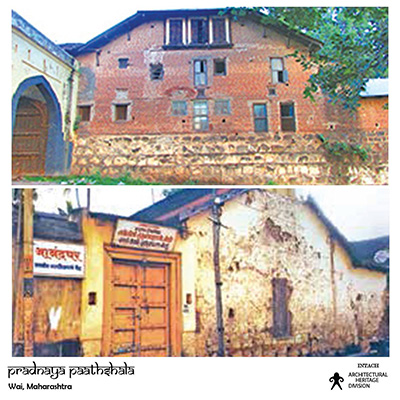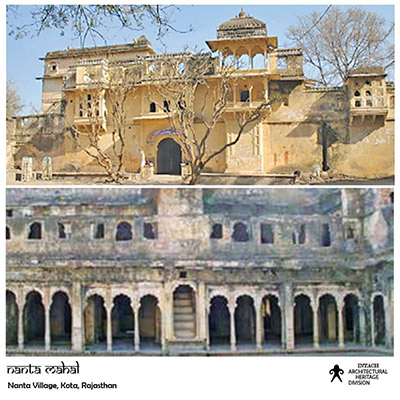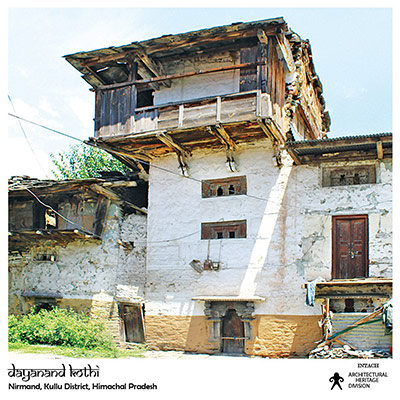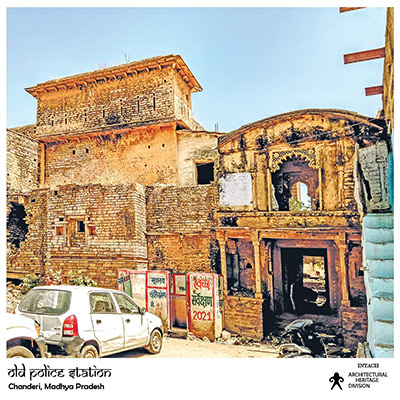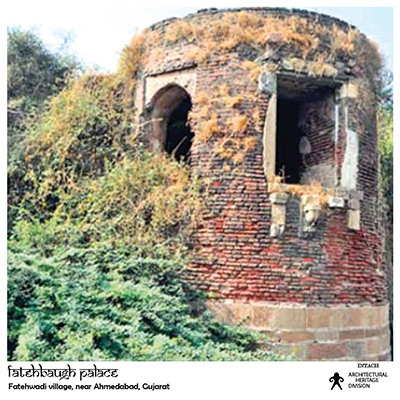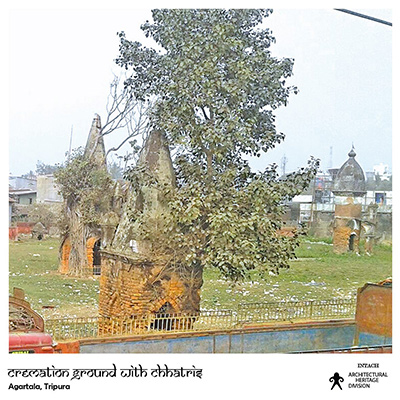H@R 72/365 Burail Fort Near Chandigarh
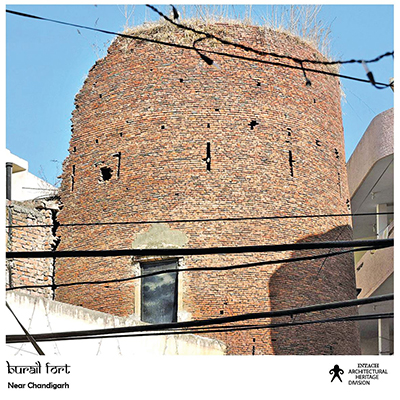
H@R 72/365
Burail Fort Near Chandigarh
The fort is located in urban village Burail, adjacent to sector 45 of Chandigarh. It is one of the last reminders of villages which existed in the region prior to setting of new capital there in 1960s. The fort exhibits regional Mughal style. Believed to be from 18th century and associated with Banda Bahadur. Fragments of fort walls and 3 bastions, in a highly dilapidated and vandalized state, still exist variously engulfed by more contemporary constructions. It has so far afforded no degree of recognition or protection by any agency and is in danger of disappearance.



